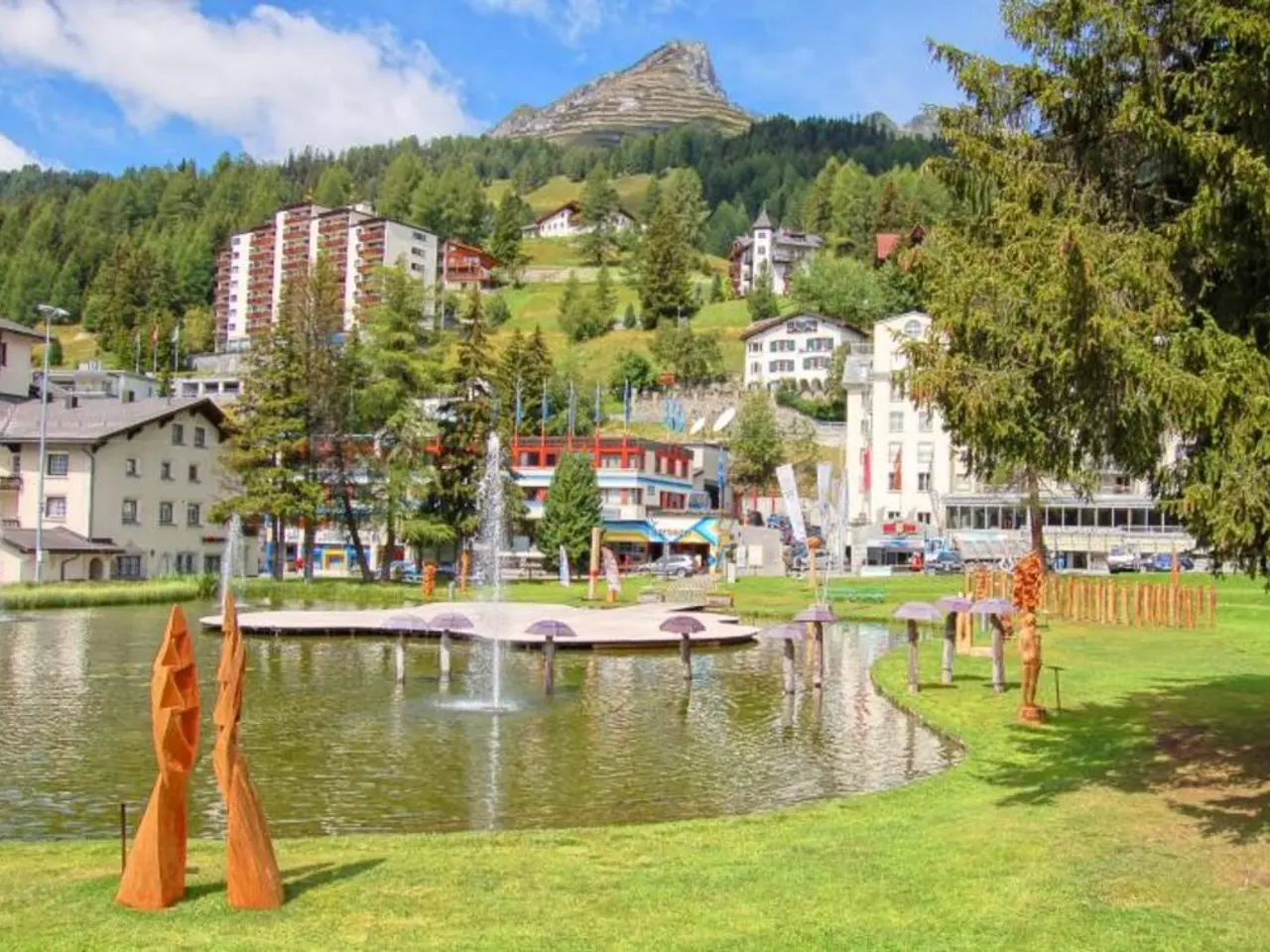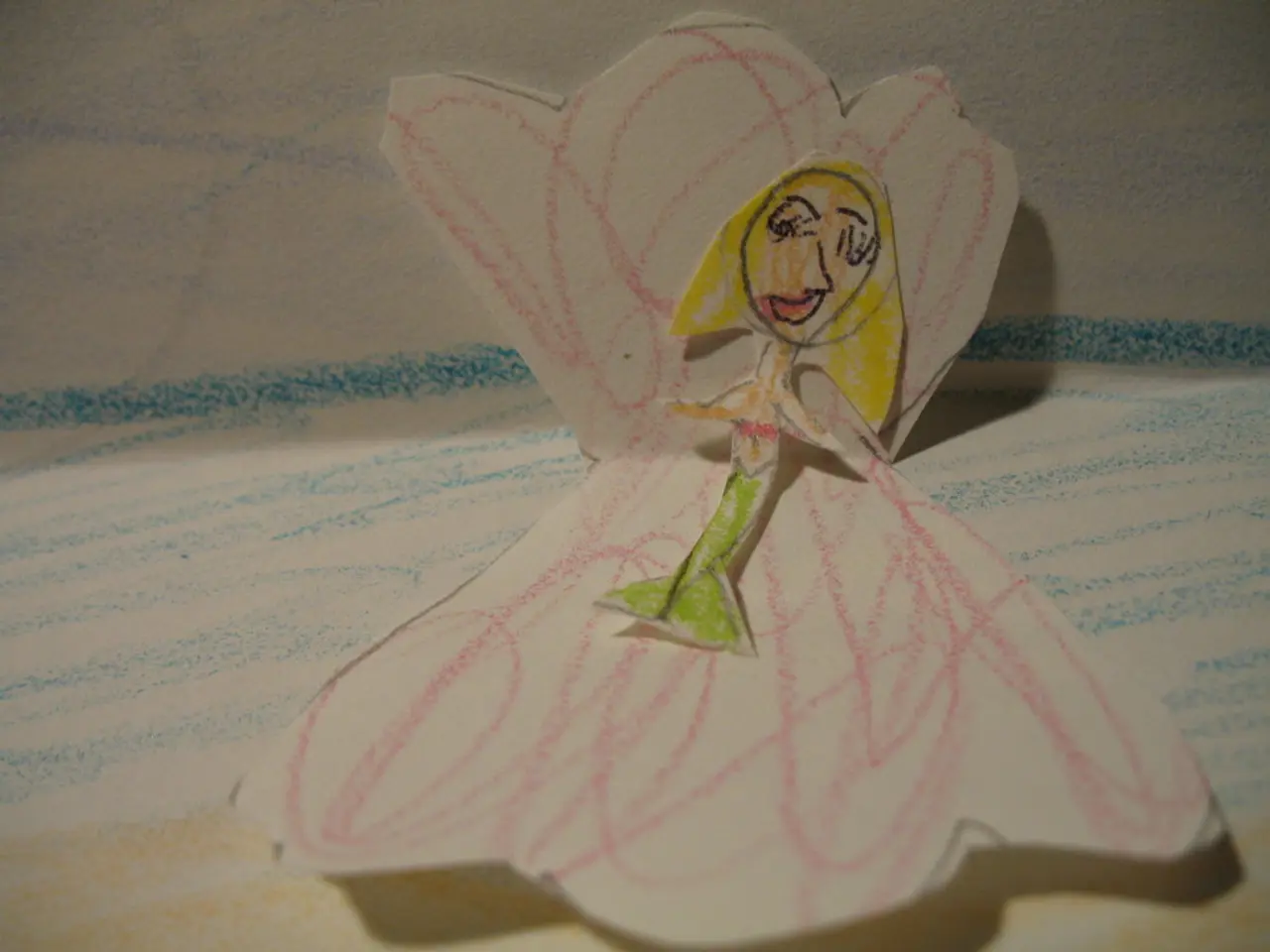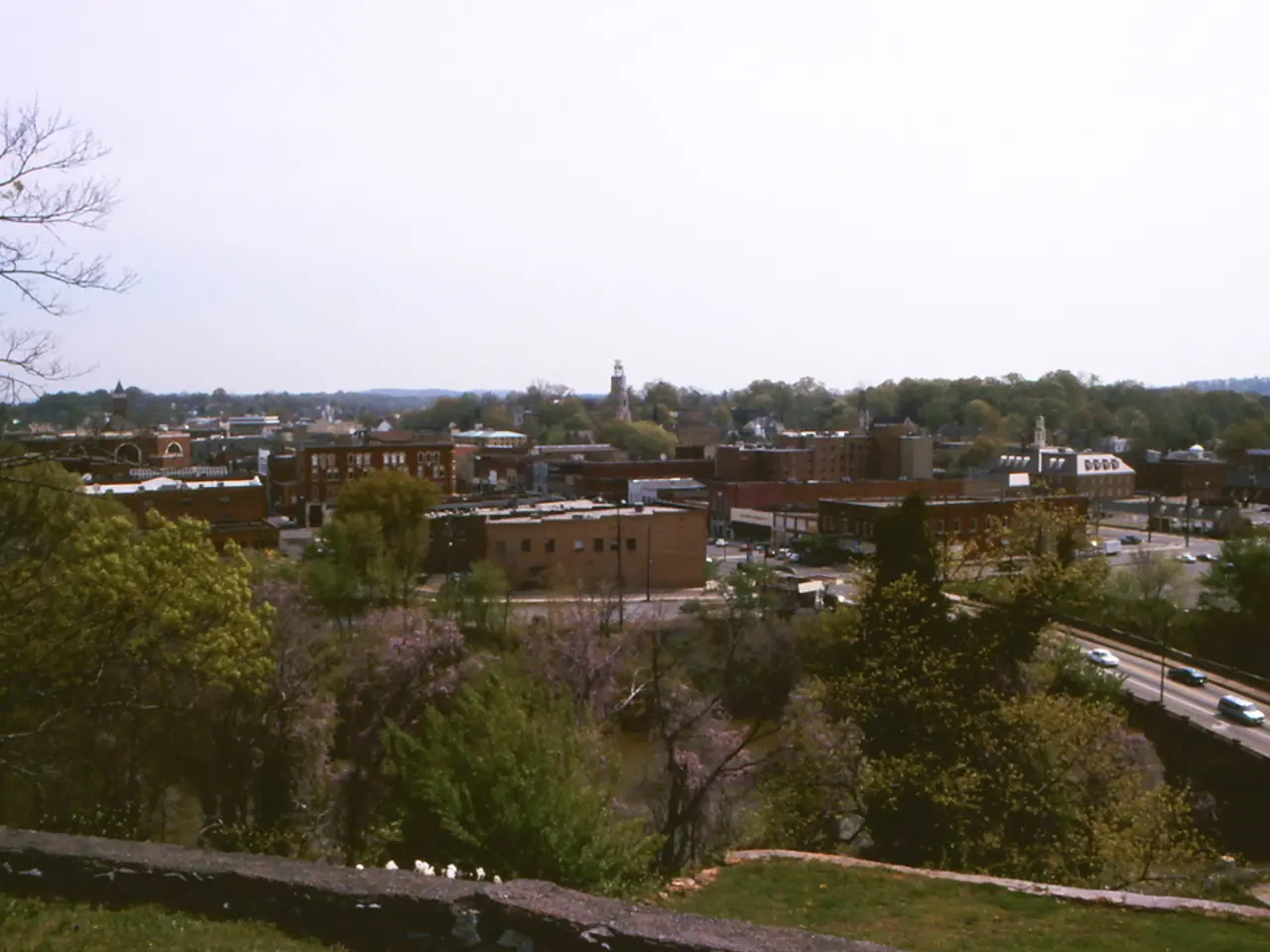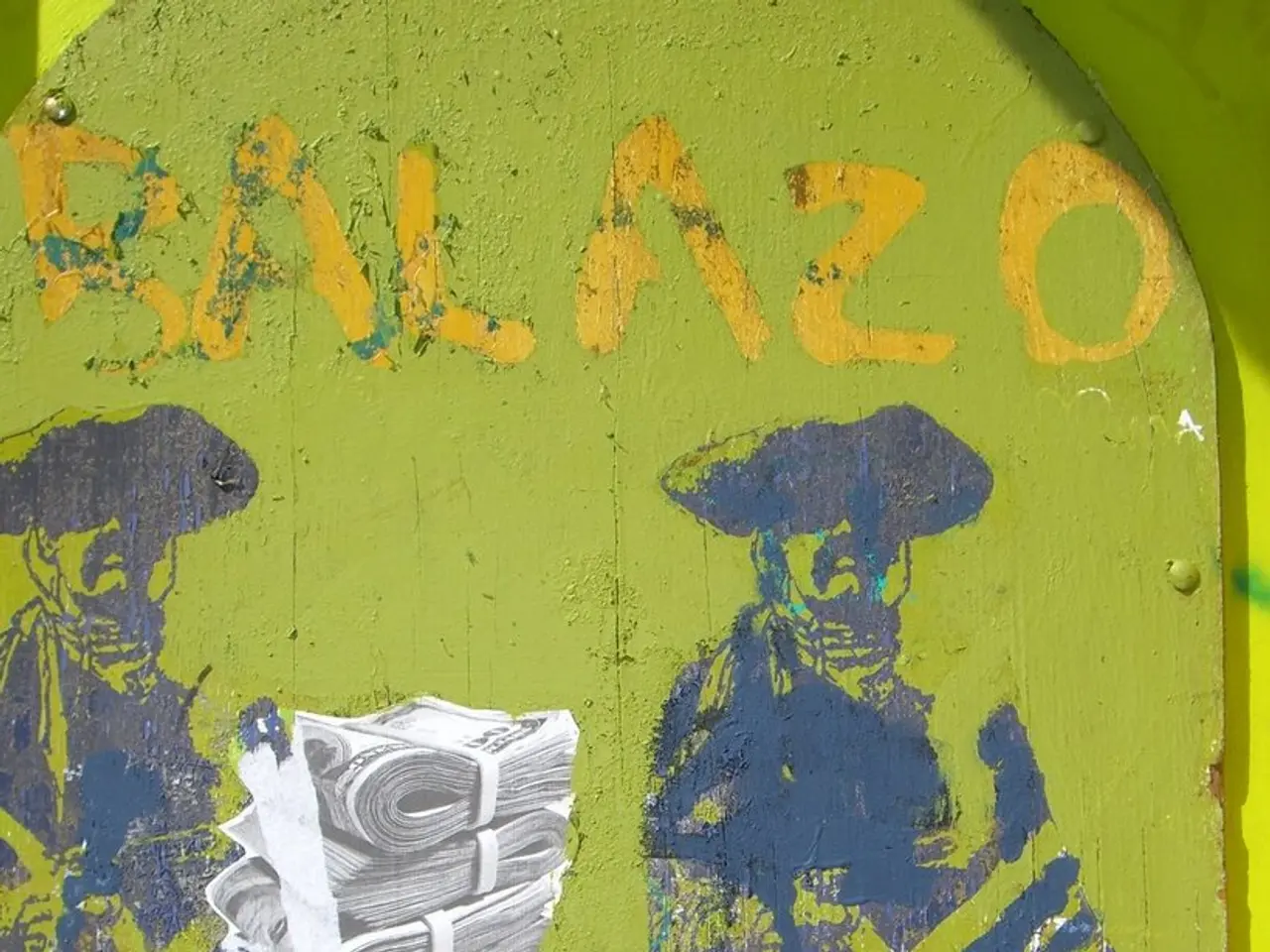"Water conduit in Arabic terminology symbolizes the fluctuations of life"
==========================================================================================
The traditional water channels known as falaj (plural aflaj) in Oman and the UAE are ancient irrigation systems that date back to the Iron Age (around the start of the first millennium BCE). These systems channel underground water from mountainous or aquifer sources to agricultural fields and settlements, forming a critical basis for farming in the arid environments of southeastern Arabia.
Historical Significance
The falaj system originated in southeastern Arabia, notably around Al Ain in the UAE, predating the qanat systems of Persia by several centuries. This challenges previous beliefs that the qanat technology started in Iran. The falaj systems enabled sustained agriculture in desert and mountainous regions by efficiently distributing scarce water resources, supporting terraced farming and oasis cultivation. They remain essential to local agriculture and rural life even today.
These irrigation channels are considered ingenious feats of ancient engineering and are integral to the cultural identity of Oman and the UAE. Many aflaj systems, such as those in Misfat Al Abriyeen (Oman), are recognized as UNESCO World Heritage sites. In Oman, falaj channels are often embedded within traditional architecture, running through historical sites such as castles and villages, demonstrating an intimate link between water management and settlement planning.
Sociopolitical Importance
Historical texts show that from as early as the 9th century CE, aflaj and qanat systems were critical enough to warrant legal frameworks and government oversight, highlighting their societal importance. The UAE emirate of Umm Al Quwain has an oasis town called Falaj Al Mualla, located 30km from the city. This town, which was formerly known as Falaj Al Ali after the Al Ali tribe, has a rich history. It was once part of an agricultural trial station established in 1955, housing the UAE's first poultry farm.
The Water Diviner's Tale
Falaj Al Mualla is also home to a character who is a water diviner, tasked with finding underground springs. Zahran Alqasmi wrote a book named "The Exile of the Water Diviner" in 2021, which contemplates on the importance of falaj for villages and their impact on improving living conditions. The water diviner recalls his relationship with water, as both his parents died by drowning, but water also provided him with a job and purpose.
The water diviner's occupation involves digging water channels or falaj. These channels extract water from underground wadis and wells by digging out deep channels. The tradition of irrigation known as qanat or kariz began in Persia about 5,000 years ago. The Arabic word of the week is falaj, which translates to water channel.
Recent Recognition
In 2006, five Omani aflaj were added to the Unesco list of World Heritage Sites: Falaj Al-Khatmeen, Falaj Al-Malki, Falaj Daris, Falaj Al-Mayassar, and Falaj Al-Jeela. The bathing house from the same period also exists in Falaj Al Mualla. The town is known for its historic fort and three watchtowers, built around 1825 by Umm Al Quwain's then ruler Abdullah bin Rashid Al Mualla.
In conclusion, falaj/aflaj systems are not only ancient water management techniques vital for agriculture but also integral components of the cultural heritage and historical landscapes of Oman and the UAE.
- The cultural identity of Oman and the UAE is closely linked with the ingenuity of the falaj (water channels) systems, which are recognized UNESCO World Heritage sites in places like Misfat Al Abriyeen, Oman.
- The water diviner in Falaj Al Mualla, Oman, has a significant role in finding underground springs, representing both a job and a purpose for him, as evidenced in Zahran Alqasmi's book, "The Exile of the Water Diviner."
- In the Gulf region, the importances of falaj/aflaj systems extend beyond agriculture to social and political aspects, as demonstrated by historical texts that show they were critical enough to merit legal frameworks and government oversight.
- The contemporary world acknowledges the historical significance of falaj/aflaj systems, as seen in the inclusion of five Omani aflaj on the UNESCO World Heritage list in 2006, such as Falaj Al-Khatmeen and Falaj Al-Malki.




